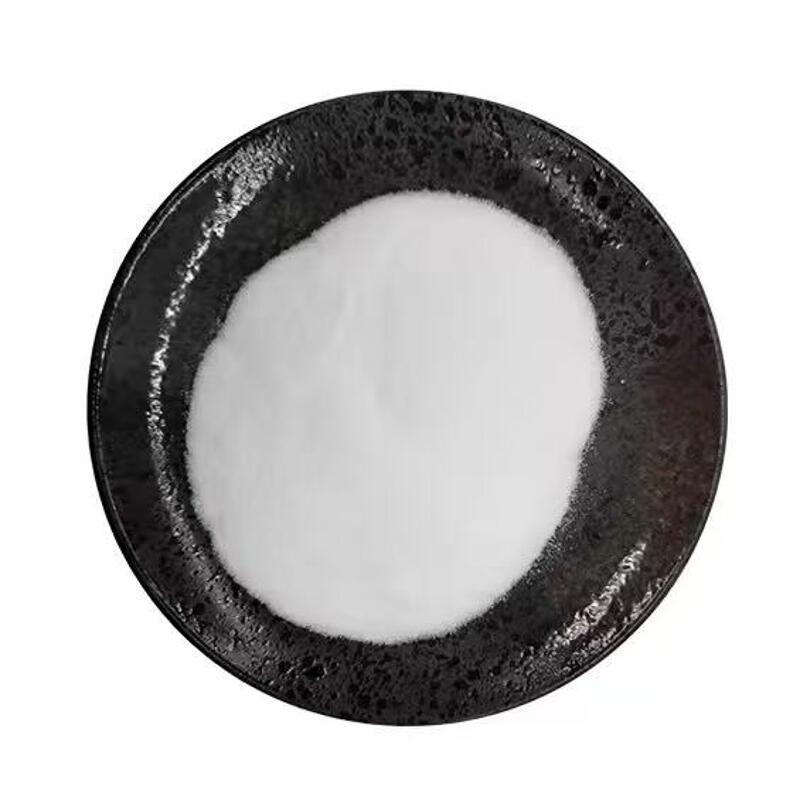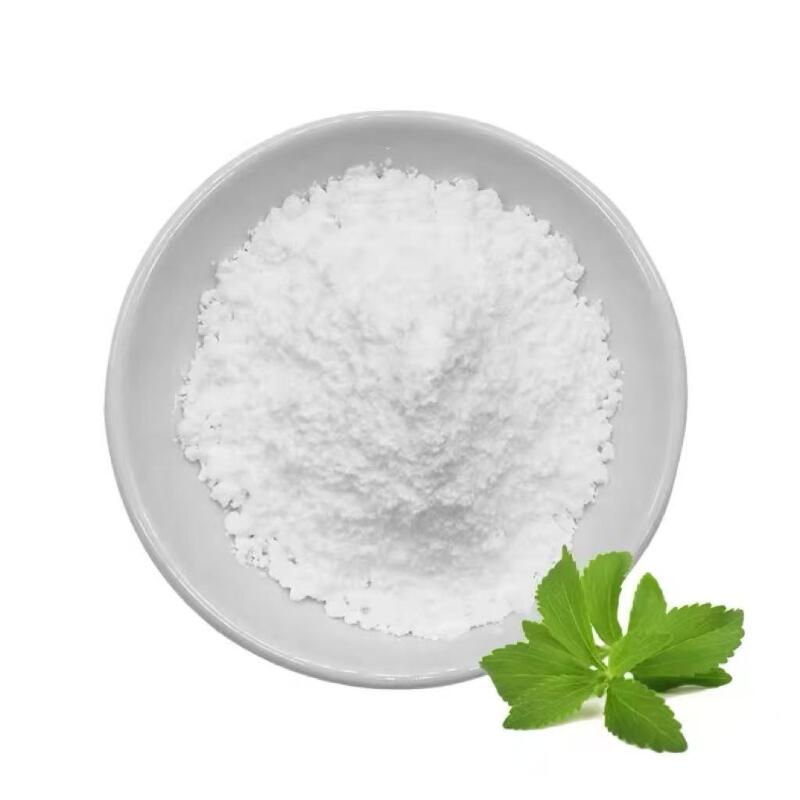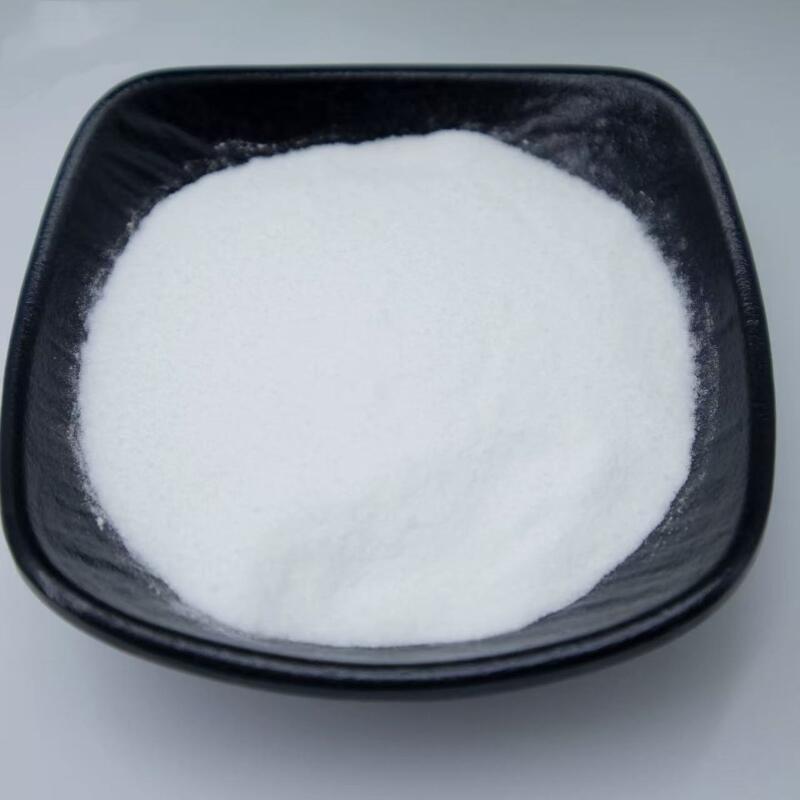-
Categories
-
Pharmaceutical Intermediates
-
Active Pharmaceutical Ingredients
-
Food Additives
- Industrial Coatings
- Agrochemicals
- Dyes and Pigments
- Surfactant
- Flavors and Fragrances
- Chemical Reagents
- Catalyst and Auxiliary
- Natural Products
- Inorganic Chemistry
-
Organic Chemistry
-
Biochemical Engineering
- Analytical Chemistry
-
Cosmetic Ingredient
- Water Treatment Chemical
-
Pharmaceutical Intermediates
Promotion
ECHEMI Mall
Wholesale
Weekly Price
Exhibition
News
-
Trade Service
Fructooligosaccharide (FOS) is a type of prebiotic fiber that is commonly used in the food and beverage industry as a natural sweetener.
The production process of FOS involves several steps, which can be broadly classified into the following categories: pretreatment of feedstock, enzymatic hydrolysis, fermentation, and purification.
Pretreatment of Feedstock
The first step in the production of FOS is the pretreatment of the feedstock, which typically includes fruits and vegetables such as apples, bananas, and beet sugar.
The pretreatment process involves the removal of the fruit or vegetable pulp from the juice or liquid.
This can be done using a variety of methods, including centrifugation, filtration, and sedimentation.
Enzymatic Hydrolysis
Once the feedstock has been pretreated, it is subjected to enzymatic hydrolysis, which involves the use of enzymes to break down the carbohydrates in the feedstock into smaller units.
This process is carried out in the presence of water and results in the formation of a mixture of sugars, including fructose, glucose, and sucrose.
The enzymes used in this process include cellulases, hemicellulases, and pectinases, which are typically obtained from fungi or bacteria.
Fermentation
The next step in the production of FOS is fermentation, which involves the conversion of the sugars produced in the enzymatic hydrolysis process into FOS by the action of microorganisms such as bacteria and yeast.
The fermentation process takes place in a controlled environment, such as a laboratory or factory, and results in the production of a mixture of FOS polymers, which are composed of repeating units of fructose.
Purification
After the fermentation process, the FOS is purified to remove any impurities that may have been introduced during the production process.
This is typically done using techniques such as filtration, centrifugation, and chromatography.
The purified FOS is then dried and packaged for use in the food and beverage industry.
Benefits of FOS Production Process
The production process of FOS has several benefits, including:
- Renewable Feedstock: FOS can be produced using renewable feedstock such as fruits and vegetables, which makes it an environmentally friendly alternative to traditional sweeteners.
- High Yield: The production process of FOS is highly efficient and can result in high yields, making it an economically viable option for the food and beverage industry.
- Prebiotic Properties: FOS has prebiotic properties, which means it can promote the growth of beneficial bacteria in the digestive system, improving gut health and reducing the risk of certain diseases.
- Low Glycemic Index: FOS is a low-glycemic index sweetener, which means it does not cause a rapid spike in blood sugar levels, making it an attractive option for individuals with diabetes or other blood sugar disorders.
Conclusion
Fructooligosaccharide (FOS) is a natural sweetener that is widely used in the food and beverage industry.
The production process of FOS involves several steps, including pretreatment of feedstock, enzymatic hydrolysis, fermentation, and purification.
The use of renewable feedstock, high yield, prebiotic properties, and low glycemic index make FOS an attractive option for the food and beverage industry.
As demand for natural sweeteners continues to grow, the production process of FOS is likely to become more efficient and cost-effective, making it an increasingly popular choice for manufacturers and consumers alike.







